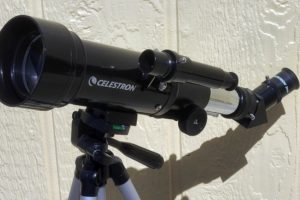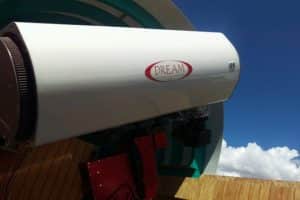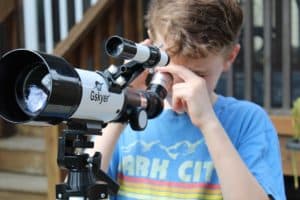The International Dark-Sky Association (IDA), a nonprofit organization based in Arizona, was founded in 1988 to protect the night sky from light pollution on a global scale. IDA sites provide a kind of “cheat sheet” for finding some of the best places for stargazing. Amateur astronomers at any level would be well-served to venture to these locations to take in the awe-inspiring views. (Some of the sites even organize annual star parties – a great destination for like-minded enthusiasts!) To help you get started planning your next stargazing adventure and give you some idea what’s out there, here’s our starter list of some of the best places to go stargazing in the U.S.
See also:
Why Dark Sky Sites Offer Some of the Best Views of the Night Sky in the U.S.
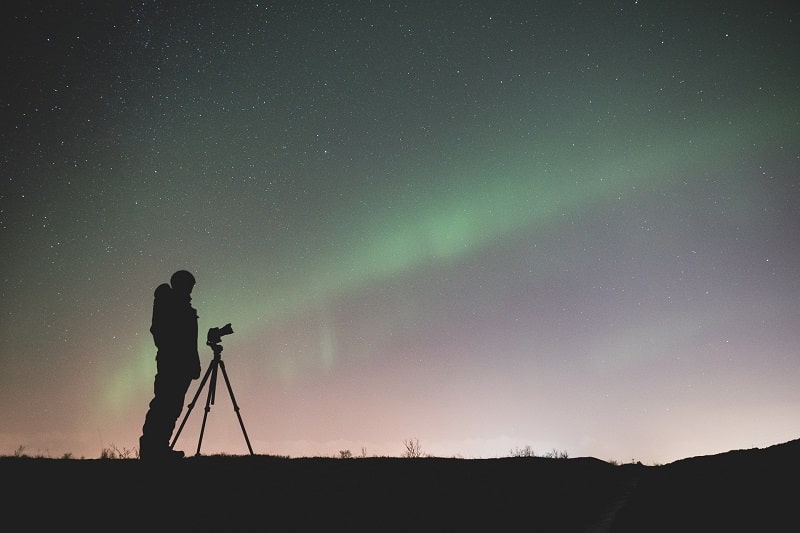
We all have a far better, bigger screen than the TV at home. It plays an unending series of new episodes that have inspired and guided people for generations. And, each night, under the largest (and cheapest) IMAX theater available, each and every person can take a break from the other screens and activities in their lives to enjoy our very own night sky. Its magnificent stars, planets, meteor showers, nebulae, and galaxies provide unparalleled beauty and inspiration.
While we’ve come a long way from observing the night sky with our naked eye, we’ve also lost something along the way. Light from our surroundings now interferes and diminishes our ability to enjoy the night sky more than ever. The light we use to brighten our homes, offices, and streets creates light pollution, which in turn cancels out the light coming from outer space, inhibiting the glorious views. Because of this, people in most cities and densely populated areas are lucky to see a few stars and maybe a very shiny satellite at night.
To combat this, the IDA grants international locations that have clear, dark, light-pollution-free night skies with “Dark Sky Park”, “Dark Sky Reserve” and “Dark Sky Sanctuary” status, depending on their boundaries, surroundings and other factors. The IDA has identified over 130 locations scattered across the globe with one of its designations, and works with the identified locations to promote their work and place in the public consciousness.
Top 10 Best Places for Stargazing in the U.S.
1. Grand Canyon National Park, Arizona
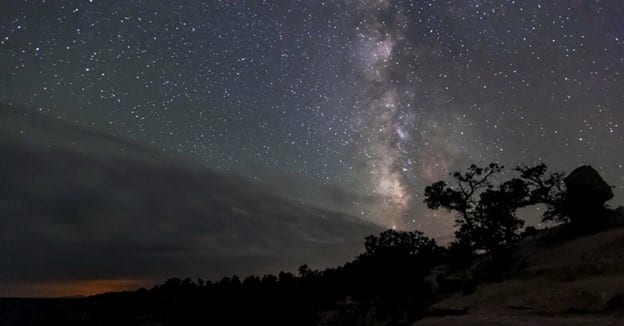
The Grand Canyon National Park not only serves as one of the most visited places for hiking and breathtaking daytime views in the U.S., with about 6 million visits each year, but also provides one of the best places for stargazing in the US.
The IDA awarded the park it’s International Dark Sky Park status in 2016, thanks to retrofitting efforts to reduce light pollution. Among stargazers, the Grand Canyon is famous for its dark night sky which offers stunning views of planets and nebulae.
Also, they throw a star party for astronomy enthusiasts every year in June – a great opportunity for beginners and enthusiasts!
More information found at:
- https://www.nps.gov/grca/index.htm
- https://www.darksky.org/our-work/conservation/idsp/parks/grandcanyon/
2. Death Valley National Park, California
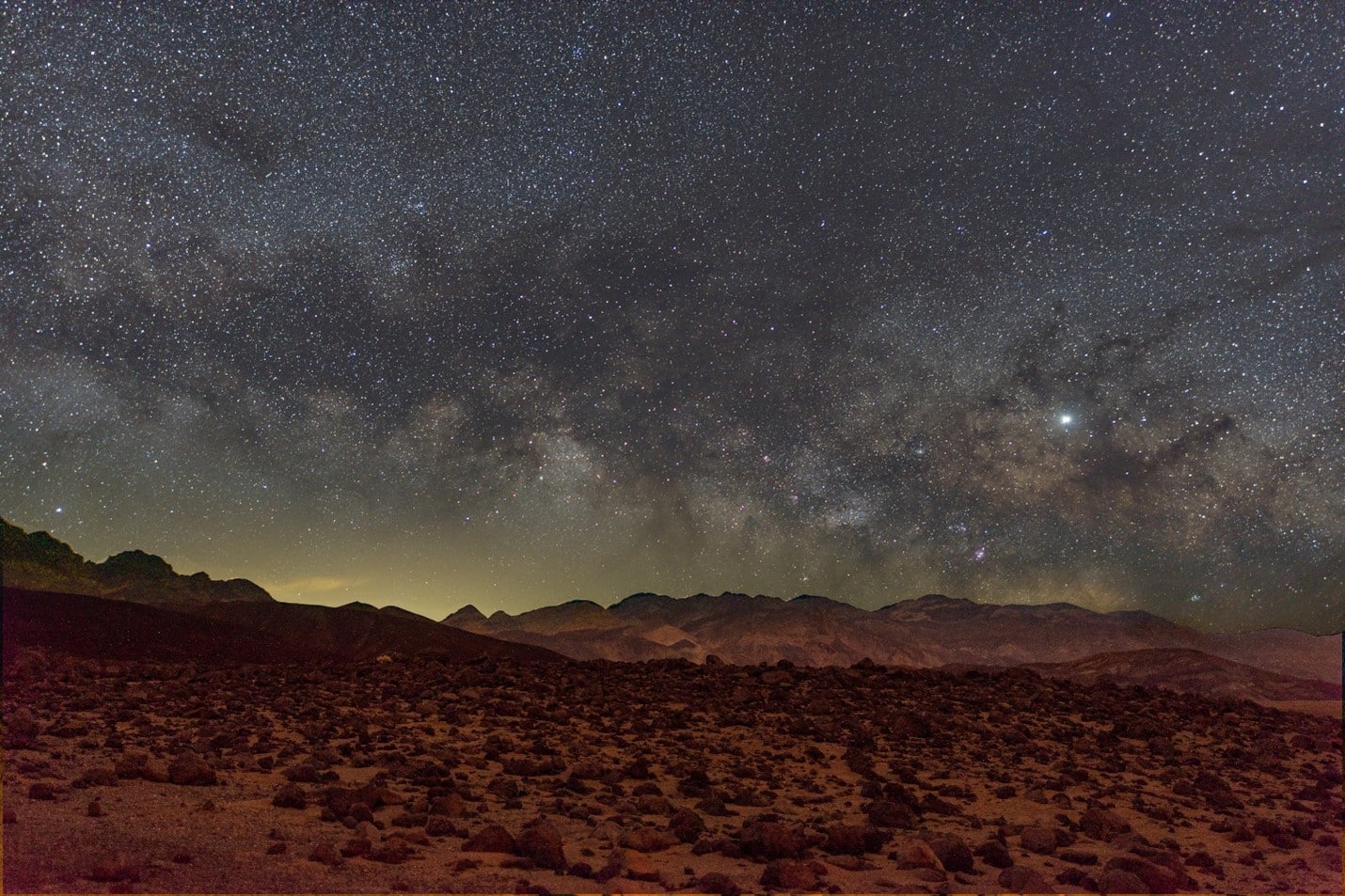
Death Valley National Park, located in California, is one of the best places to go stargazing in California due to its nearly crystal-clear dark sky.
The IDA has designated Death Valley a ‘Gold-Tier’ International Dark Sky Park. The IDA uses Gold-Tier to identify locations affected by some of the smallest amounts of light pollution and thus offering the best night sky views.
More information found at:
- https://www.nps.gov/deva/index.htm
- https://www.darksky.org/our-work/conservation/idsp/parks/grandcanyon/
3. Big Bend National Park, Texas
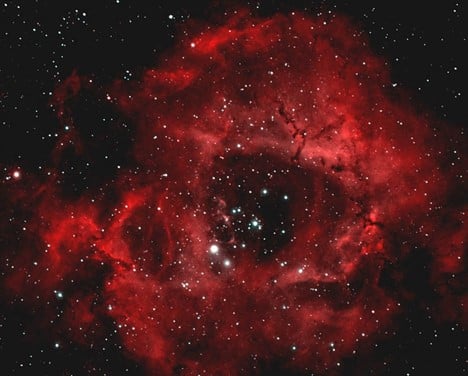
Big Bend National Park, one of the least visited national parks in the U.S., is located in Texas, very close to the border of Mexico. The Chihuahuan Desert topography, far from big, bright cities, offers great hiking and backpacking trails to go with outstanding night sky views.
The IDA designated the area as a Dark Sky Park in 2012, and you can see planets, meteors, thousands of stars, the scarlet colored, rosette nebula pictured above and even the center of the Andromeda Galaxy.
It’s a must for every amateur astronomer willing to get off the beaten path, and certainly one of the best places for stargazing in Texas.
More information found at:
- https://www.nps.gov/bibe/learn/photosmultimedia/bigbendscenery.htm
- https://www.darksky.org/our-work/conservation/idsp/parks/bigbend/
4. Central Idaho Dark Sky Reserve, Idaho
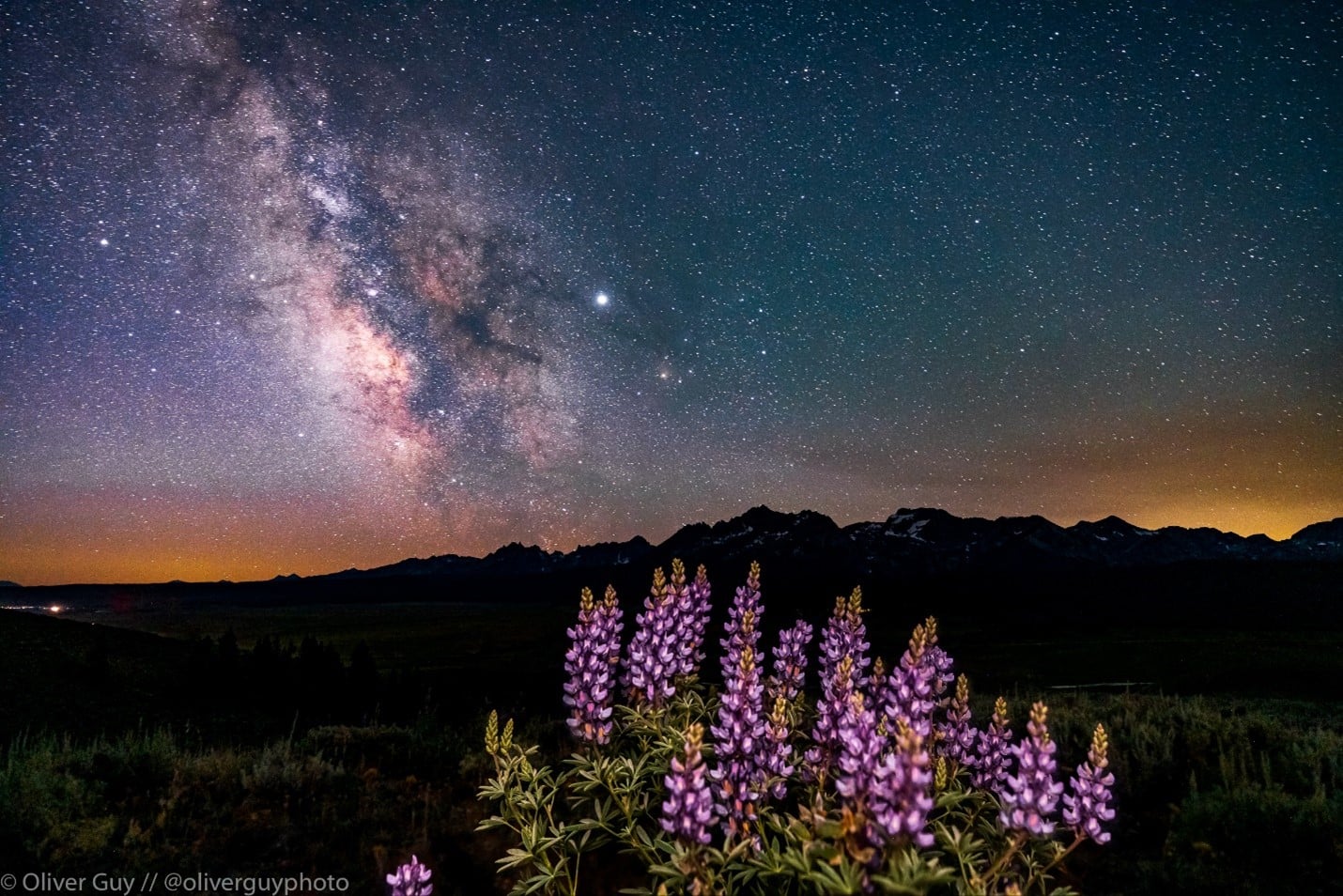
America’s first (and only) Gold-Tier International Dark Sky Reserve, Central Idaho offers about 3,670 square kilometers spanning several counties to explore.
The area has unusually clear and stable air and low levels of light pollution from nearby municipalities, combining to make an amazing location for stargazing and astrophotography. The area has also withstood large amounts of electrification due to the challenging terrain of the Sawtooth Mountains, making it a truly off-the-grid experience.
More information found at:
- https://www.darksky.org/our-work/conservation/idsp/reserves/centralidaho/
- CBS Sunday Morning featured the area in an exposé on the night sky back in September 2020 (see video below)
5. Natural Bridges National Monument, Utah
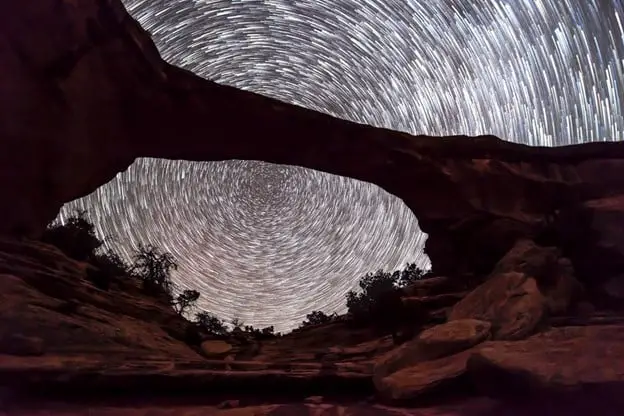
Utah has an impressive list of Dark Sky Parks, but few can beat the Natural Bridges Monument as one of the best places to stargaze in Utah.
The Natural Bridge National Monument is the second-largest natural bridge in the world and the first Dark Sky Park identified by the IDA in the United States (2007). The park has almost no light pollution, which results in a fascinating, star-filled night sky, and makes the astronomy ranger programs offered each summer at the park a great attraction for amateur astronomers.
More information found at:
- https://www.nps.gov/nabr/learn/photosmultimedia/index.htm
- https://www.darksky.org/our-work/conservation/idsp/parks/naturalbridges/
6. Mayland Earth to Sky Park & Bare Dark Sky Observatory, North Carolina
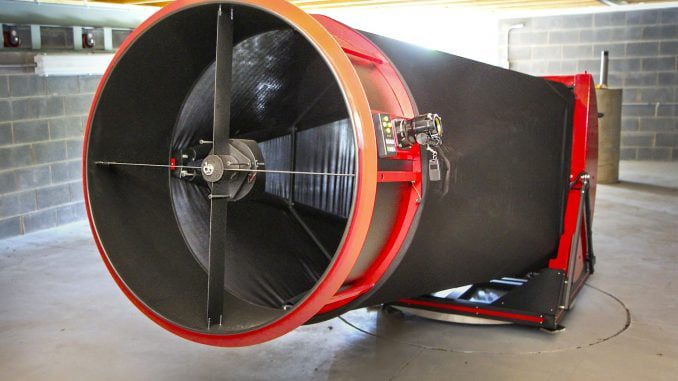
Image Credit: North State Journal
This park offers an amazing opportunity for beginner astronomers to hone their skills, sit, and stargaze.
The IDA designated Mayland an International Dark Sky Park in 2014. The site offers six acres surrounded by rugged mountains and the Pisgah National Forest.
Mayland Community College runs the park for the Yancey County government, and in 2017, opened up a public observatory called Bare Sky Park Observatory. The observatory houses a huge StarStructure Newtonian telescope and a Meade 35-cm LX200 telescope for public use.
More information found at:
- https://www.darksky.org/our-work/conservation/idsp/parks/mayland/
- https://www.mayland.edu/foundation/foundation-events/observatory/
7. Cherry Springs State Park, Pennsylvania
Stargazing parties – need we say more?
One of the best places for stargazing in the Eastern U.S., Cherry Springs State Park offers amazing, 360 degree views of the night sky from its Astronomy Field, 60-85 nights per year of ideal viewing condition, as well as one of a kind stargazing parties twice each year. The stargazing parties attract hundreds of astronomy enthusiasts for a super fun time with like-minded stargazers.
The IDA designated the area a Dark Sky Park in 2008, and it provides one of the best places to learn about amateur astronomy and stargazing.
More information found at:
- https://www.dcnr.pa.gov/StateParks/FindAPark/CherrySpringsStatePark/Pages/default.aspx
- https://www.darksky.org/our-work/conservation/idsp/parks/cherrysprings/
8. Goblin Valley State Park, Utah
Image Credit: utah.com
For another great site in Utah (the state that’s home to nine IDA Dark Sky Parks – more than any other state or region in the world), check out the Goblin Valley State Park. The IDA designated the state park as a Dark Sky Park in 2016, and it lives up to its status.
It may not be as popular as the other parks around it, but it surely has the same glorious night sky. Along with breathtaking views after dark, the park is well known for its unique topography that includes freestanding rock structures, called “hoodoos” or “goblins” that make for interesting photographs and daytime exploration as well.
So, if you’re planning on a road trip in Utah, then this is one place to consider putting on the itinerary!
More information found at:
- https://utah.com/goblin-valley-state-park
- https://www.darksky.org/our-work/conservation/idsp/parks/goblin-valley-state-park/
9. Cosmic Campground, New Mexico
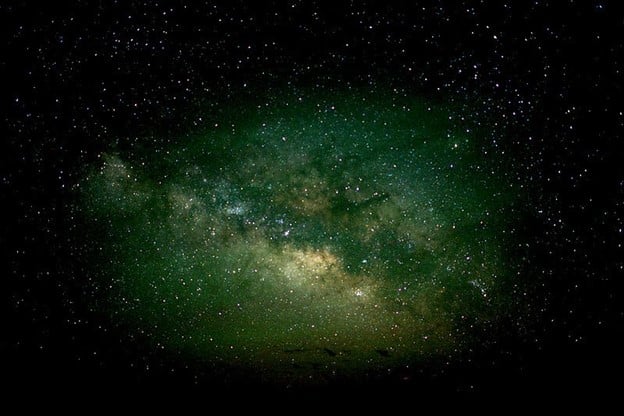
Sandwiched between the Gila Wilderness and the Blue Range Primitive Area, the Cosmic Campground offers a one of a kind dark sky site.
The IDA designated the park a Dark Sky Sanctuary in 2016. At over 65 km away from the nearest light source, it has one of the darkest skies in the US. The clear, 360-degree view of the night sky will take your breath away.
The annual Spring star party also makes it a great destination for beginners or professionals.
More information found at:
- https://www.darksky.org/our-work/conservation/idsp/sanctuaries/cosmiccampground/
- https://www.fs.usda.gov/recarea/gila/recarea/?recid=82479
10. Great Sand Dunes National Park, Colorado
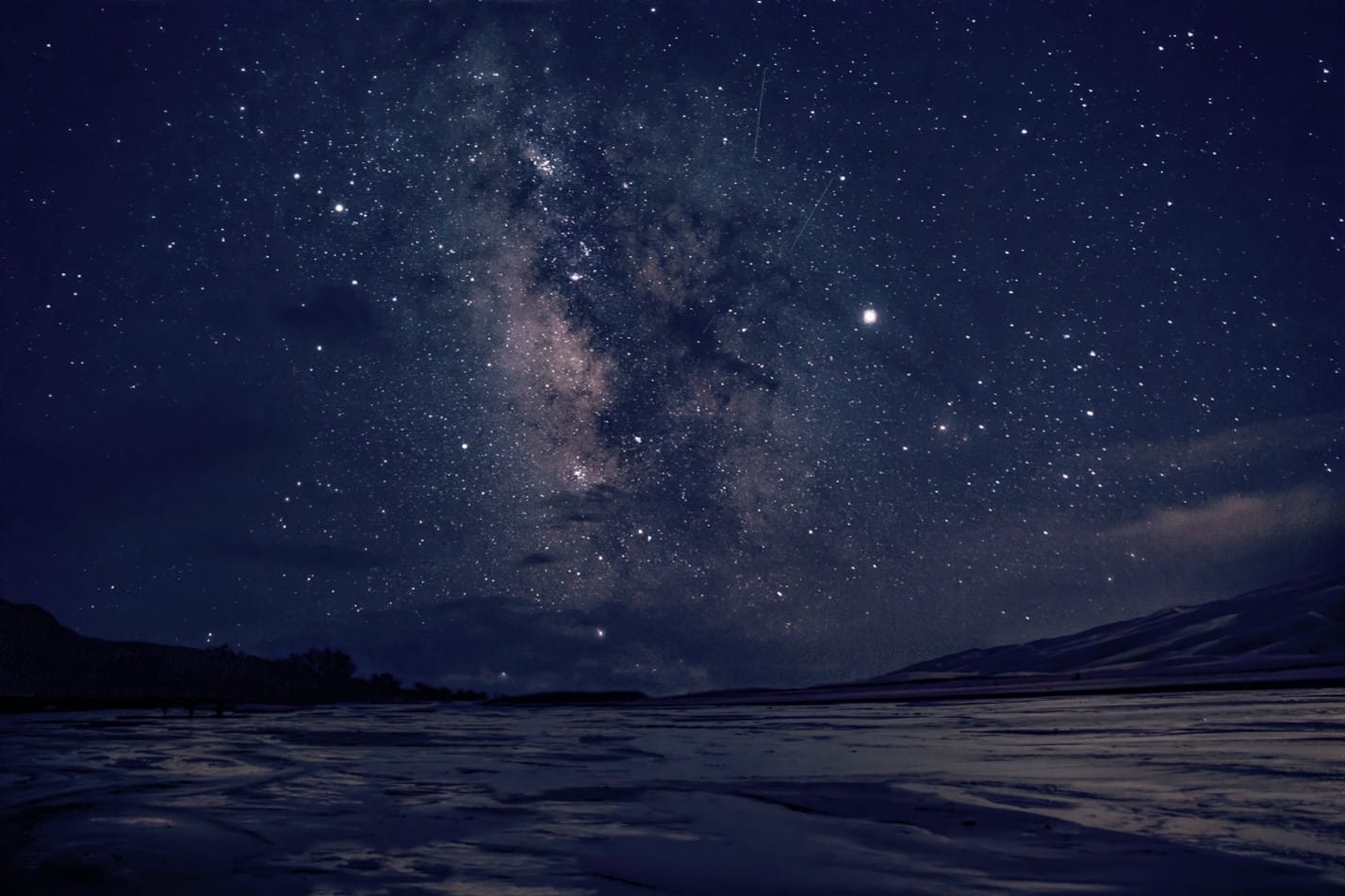
The IDA designated the Great Sand Dunes National Park and International Dark Sky Park more recently than most – in 2019.
The unique area includes some of the tallest sand dunes in North America. It also offers the perfect location to stargaze a night sky as clear as glass. Located so far from big cities, it has very minimal light pollution and provides a great place for astrophotography. For daytime adventures, the park also has a lot of good trails and maintains to hike.
- https://www.nps.gov/grsa/index.htm
- https://www.darksky.org/our-work/conservation/idsp/parks/great-sand-dunes-national-park-and-preserve-u-s/
Bonus Idea #1: Geauga Observatory Park, Ohio
The IDA designated the Geauga Observatory Park as a Dark Sky Park in 2011. The park serves as the current home of the Nassau Observatory, a historical observatory dating back to 1957 and restored in 2017. The observatory houses one of the largest publicly-accessible telescopes in Ohio – a 36-inch beast – in an area with very little light pollution and fantastic night sky views.
The park also provides a number of educational programs to the community and is a great place for beginner astronomers to view many astronomical bodies such as the Moon, planets, or constellations.
More information found at:
- https://www.darksky.org/our-work/conservation/idsp/parks/geauga/
- https://www.geaugaparkdistrict.org/park/observatory-park/
Bonus Idea #2: Jackson, Wyoming
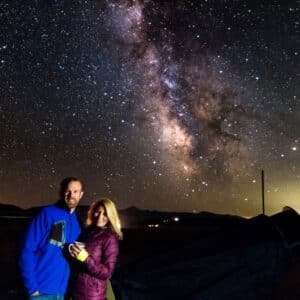
Image Credit: Stargazing Tours at WyomingStargazing.org
There are a lot of reasons Jackson, WY is an incredible place to stargaze. But some of the highlights include:
- Jackson Hole’s high elevation (6500 ft. where you can participate in their stargazing programs)
- The predictable weather in Jackson Hole (they rarely have to cancel a program in the summer – the weather is so reliably nice and clear with low humidity)
- The protected, undeveloped public land in the valley
Once you get out to one of the stargazing locations, the relatively little light pollution will allow you to see thousands of stars on moonless nights, and even the arms of the Milky Way Galaxy. While Jackson, WY is not yet an official IDA dark sky site, they are in the process of becoming one.
More information found at:
(Also, if you liked this article, please share it using the social media buttons below!)
Feature Image Credit: kamilgrygo from Pixabay


